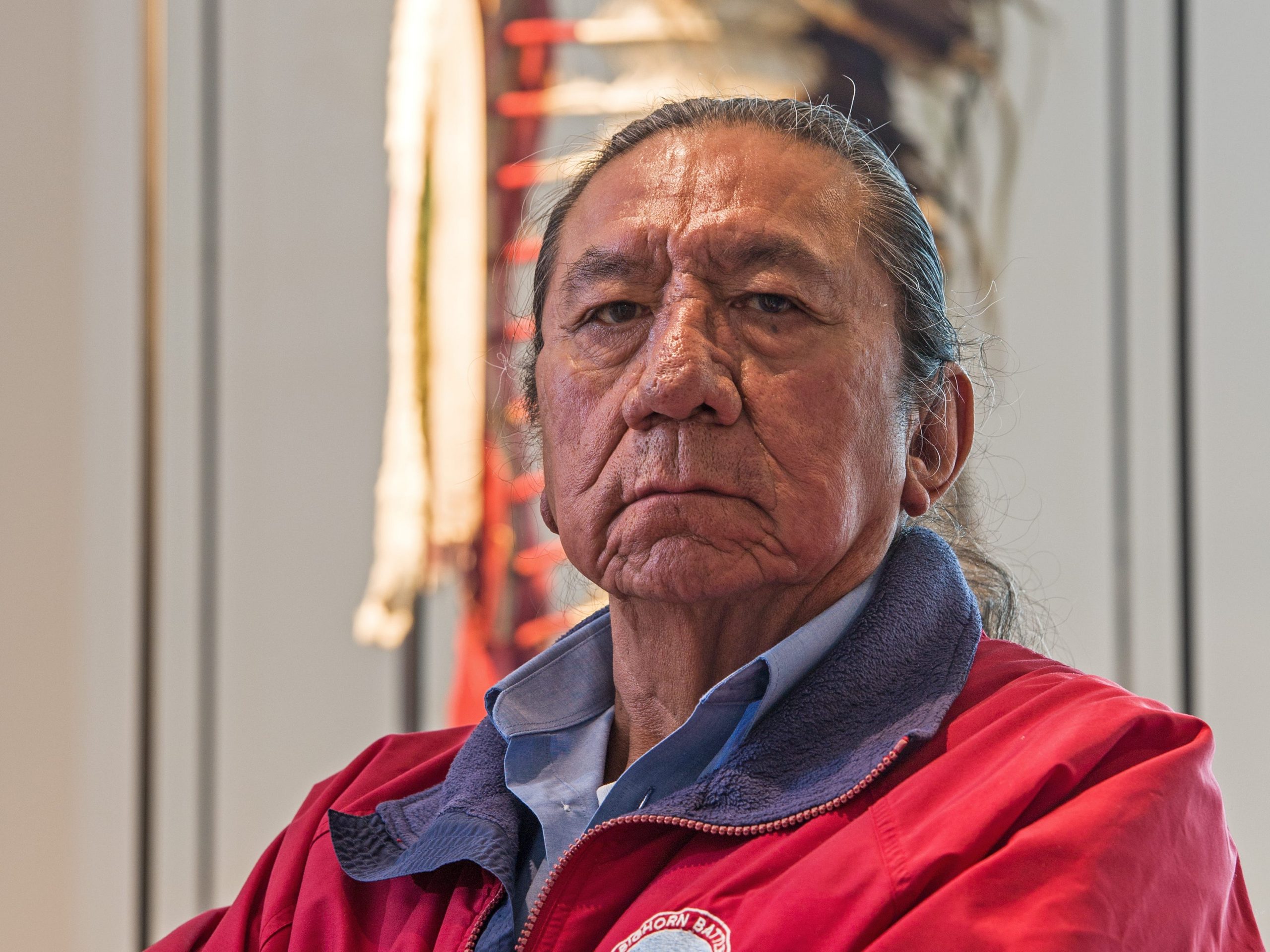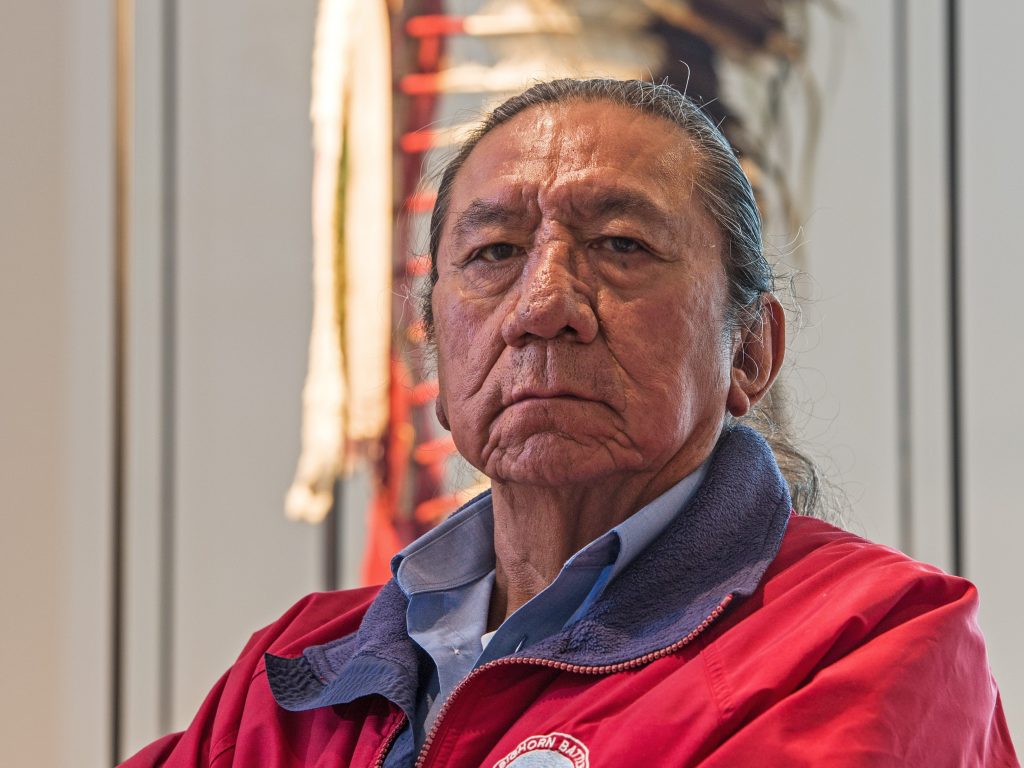
Ingo Wagner/Picture Alliance/Getty Images
- A study published last week provided DNA confirmation that Ernie LaPointe is the great-grandson of Sitting Bull.
- But LaPointe told Insider he has always known his ancestry, first through his people's oral history.
- He hopes the DNA confirmation will help him move his great-grandfather's remains to a place they will be respected.
A study published last week confirmed what Ernie LaPointe, a 73-year-old Lakota man who lives in South Dakota, already knew: that he is the great-grandson of the legendary Lakota Sioux leader Sitting Bull, or Tatanka Iyotake.
Still, news headlines ran saying Sitting Bull's great-grandson had been "identified," giving the impression the descendant had been discovered for the first time.
But LaPointe told Insider the DNA analysis, conducted using a 130-year-old hair sample, was just one of the multiple ways his ancestry had already been confirmed for him.
"My mother knew it. That's how I knew it," LaPointe said, adding that there were always historians and anthropologists who doubted their claims.
His mother's oral history was even verified by researchers at the Smithsonian, but he said there were experts who would say: "You cannot trust the Natives' oral history."
But according to LaPointe: "The Lakota people do not fabricate any stories. We live in the realm of the spirits. They're all around us. So you don't want to go out and tell a fib about anything."
Sitting Bull, who lived from 1831 to 1890, led the Hunkpapa Lakota Sioux people during years of resistance against US government policies for Indigenous people, uniting many Great Plains tribes.
He is perhaps best known for his 1876 victory in the Battle of Little Bighorn, also referred to as Custer's Last Stand or the Battle of Greasy Grass by Natives. He and Crazy Horse led united tribes against General George Armstrong Custer's forces, who were sent to force the Indigenous people onto reservations.
The battle is considered the most decisive Native American victory, and worst US army defeat, of the Plains Indian Wars.
In 1890, Sitting Bull was killed on the Standing Rock Indian Reservation by Indian Police while they tried to arrest him on behalf of the US government.
LaPointe, who was first approached by researchers in 2007, said he was interested in getting the DNA confirmation in hopes that it might help his efforts to relocate his great-grandfather's remains.
"His blood is in me, and his genes are in me, and his DNA. All I am is a person who's telling his story, as truthfully as I can," LaPointe said, adding that the next part of his journey is to ensure Sitting Bull's remains are treated with "honor and respect."
There are currently two official burial sites for Sitting Bull, both of which attract tourists. He was originally buried at Fort Yates in North Dakota, on what is now part of the Standing Rock Indian Reservation.
But in 1953, relatives of Sitting Bull took the remains under the cover of darkness and moved them to Mobridge, South Dakota, according to some accounts, including LaPointe's, who said his mother was one of the people involved.
Today, he says neither grave site is treated with the respect his great-grandfather deserves.
He hopes the DNA confirmation of his ancestry will help him make his case to government officials to get a permit to exhume the body and use DNA analysis to prove the remains in South Dakota are in fact Sitting Bull.
He is not yet sure where he would like to move the remains but hopes to find a final resting place worthy of his great-grandfather.
"There's so many Natives who have been wronged by the American people, the American government," LaPointe said. "I just want to have him treated with respect."
Have a news tip? Contact this reporter at [email protected].

